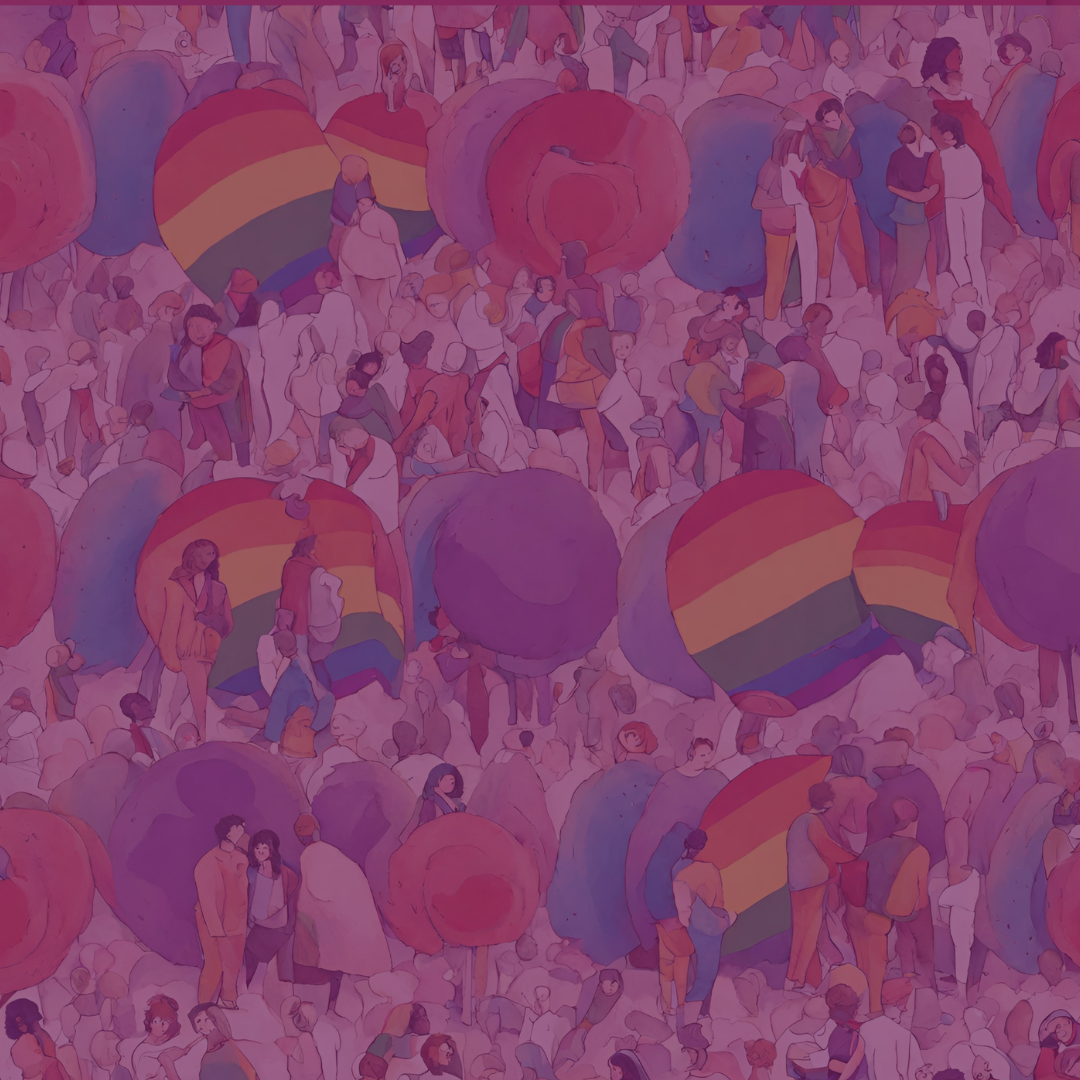India, known for its diverse cultures, is working hard to be more inclusive and accepting, especially in schools. However, current school lessons often don’t include information about LGBTQIA+ people and experiences, promoting a learning environment that considers heterosexual relationships the norm. This can make young people, particularly in smaller towns, who don’t identify as heterosexual, feel isolated and unrepresented.
The Struggle for Identity
Imagine a young individual in a small town in India, trying to understand their identity, which does not align with the traditional heterosexual norms predominant in their surroundings. The struggle can be intensified by the lack of exposure and awareness, leading to isolation, confusion, and, in extreme cases, self-rejection.
Society’s role
In many parts of India, where heteronormativity is deeply entrenched within the societal fabric, the acceptance of diverse sexual orientations and gender identities remains a challenging task. Stigmatisation and marginalisation of the LGBTQIA+ community can adversely affect the mental well-being of young people who identify with the community.
Educational Reforms
Addressing the needs of LGBTQIA+ youth requires substantial educational reforms. Introducing LGBTQIA+ inclusive education and incorporating diverse narratives within textbooks can be pivotal in fostering an environment of acceptance and understanding. These reforms should also aim at breaking the stereotypical portrayal of gender roles and emphasising the fluidity and spectrum of gender identities and sexual orientations.
The Role of Allies
Heterosexual individuals must be allies, advocating for equal rights and acceptance of the LGBTQIA+ community. By being supportive and promoting inclusivity, supporters can contribute significantly to de-stigmatising diverse identities and fostering a sense of belonging among LGBTQIA+ youth.
Legal Framework
The decriminalisation of homosexuality in India in 2018 marked a significant milestone towards LGBTQIA+ rights. However, the journey towards complete acceptance and equal rights is far from over. A robust legal framework is essential to safeguard the rights of LGBTQIA+ individuals and combat discrimination based on sexual orientation and gender identity.
Creating Safe Spaces
Schools and educational institutions should take the initiative to create safe spaces where students can freely express their identities and concerns. Initiating LGBTQIA+ clubs or support groups can offer students a platform to engage in dialogue, share their experiences, and find solace in shared narratives.
The Way Forward
India is in a transitional phase, with young minds becoming the harbinger of change and acceptance. While societal norms and traditional beliefs may pose challenges, the resilience and determination of the youth can drive a shift towards a more inclusive society. Education should be the torchbearer of this change, instilling empathy, acceptance, and respect for all, regardless of gender identity or sexual orientation.
Conclusion
The current gaps in the education system regarding LGBTQIA+ inclusion reflect a broader need for societal transformation in India. By implementing educational reforms and fostering an environment of acceptance, India can empower young minds to embrace diversity and contribute to building a society where everyone, regardless of their identity, can live with dignity and respect.
Inclusive education is not about excluding some to include others; it’s about reshaping the education system to be inclusive for everyone. The road to inclusivity in India may be fraught with challenges. Still, the collective efforts of individuals, educators, and policymakers can pave the way for a more empathetic and accepting society.


